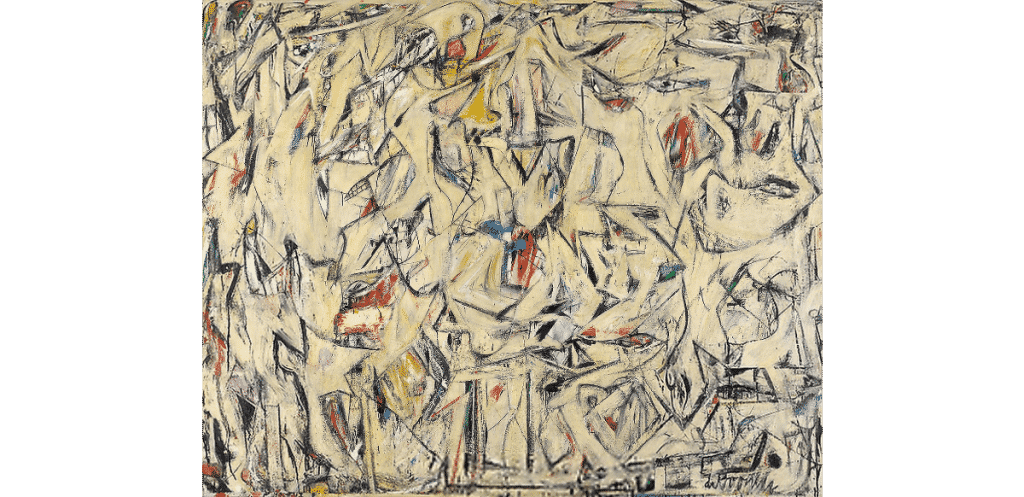Abstract Expressionism (1940S–1950)
Abstract Expressionism (1940s–1950s)
Shaped by the legacy of Surrealism, Abstract Expressionism emerged in New York after WWII. It’s often referred to as the New York School or action painting. These painters and abstract sculptors broke away from what was considered conventional, and instead used spontaneity and improvisation to create abstract works of art. This included colossally-scaled works whose size could no longer be accommodated by an easel. Instead, canvases would be placed directly upon the floor.
Celebrated Abstract Expressionist painters include Jackson Pollock, known for his unique style of drip painting, and Mark Rothko, whose paintings employed large blocks of color to convey a sense of spirituality.

